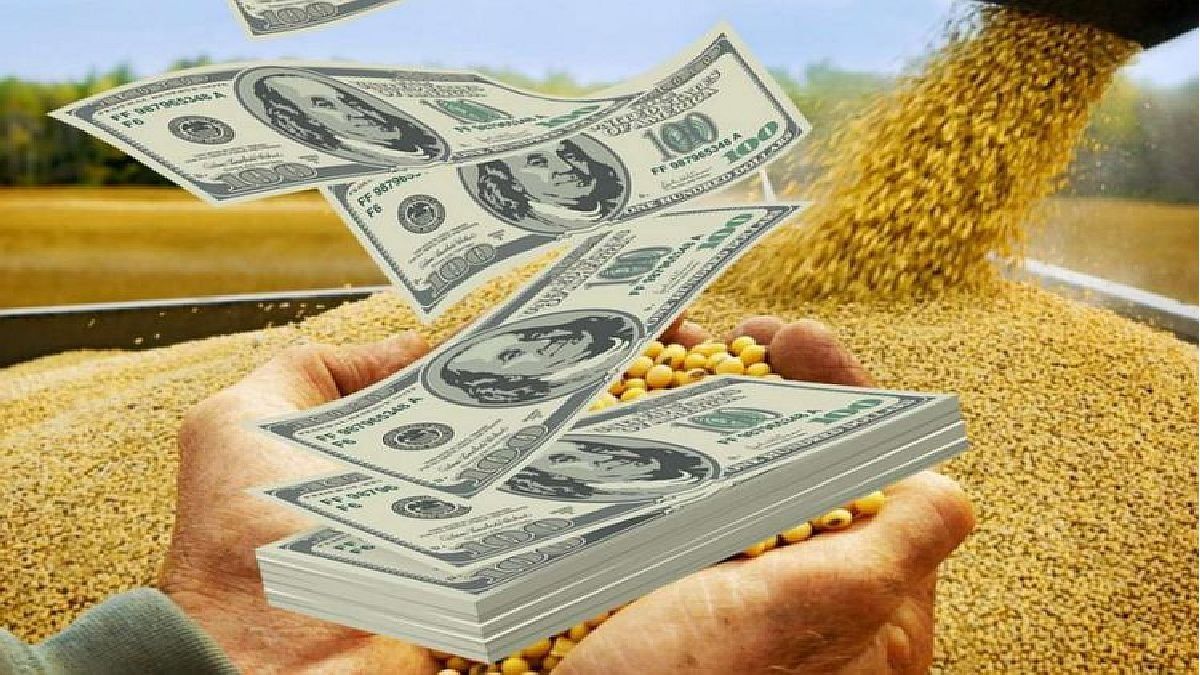Something similar happens with the rest of the sectors. While the field grows in liquidation, the rest of the activities become more deficient. For example, foreign trade, without agriculture, accumulated a deficit of US$4,800 million until March, when a year before the negative result was US$2,886 million. “In this framework, it is understood that the BCRA had little purchasing power in the first quarter of the year despite the record income from the field. Because the energy trade balance also increased and the import of other goods also increased”, details the economist.
Meanwhile, as of May, a key window opens that could be decisive for the BCRA to accumulate reserves. Specifically, the bulk of the dollars from the soybean harvest begin to enter and the settlement of the field is expected to amount to almost US$4 billion this month and that volume could be sustained until July. “By logic it is understood that the Central Bank will have greater firepower and will be able to buy foreign currency in the local exchange market, but the key question and the data to follow is how much it will be able to buy, because part of that will be essential to get through the time of “ skinny cows” which would be from the second semester when, due to seasonal issues, the liquidation of foreign exchange from agriculture begins to fall”, Polo advances in dialogue with Ámbito.
Here Cohen’s economist makes a parenthesis and remarks: “Currently with a gap of 80% there are sectors that demand many imports, but in part they make it produce and in part also anticipating a greater devaluation or access to that cheap dollar. The truth is that as long as you have a gap of 80%, the importer is obviously going to demand everything he can”.
Thus, in general terms, what will continue in the coming weeks will be to closely watch the maneuvers of the BCRA in the daily rounds to obtain the largest amount of dollars. The positive data is that the authority opened May by buying US$180 million in the official exchange market, something like half of the US$357.6 million traded in cash in the official market.
Looking to the near future, Polo warns: “The scenario can be complicated by local inflation, which is very fast, almost runaway, without an anchor. So the race is not only for the exchange rate but also for wages, with short and high parities. This is going to put a high floor on inflation, which will continue to delay the exchange rate. In short, agriculture is part of a great story since it represents 40% of foreign exchange, but it is necessary to closely monitor what happens to the remaining 60%, which is increasingly in deficit. In this sense, the BCRA could reinforce the stocks, but that would also generate more pressure on the parallel exchange rates. The scenario is complex and you have to look not only at the national context but also at the international one, with the dollar that is revaluing and that historically means a fall in the prices of agricultural commodities”.
Source: Ambito
David William is a talented author who has made a name for himself in the world of writing. He is a professional author who writes on a wide range of topics, from general interest to opinion news. David is currently working as a writer at 24 hours worlds where he brings his unique perspective and in-depth research to his articles, making them both informative and engaging.




